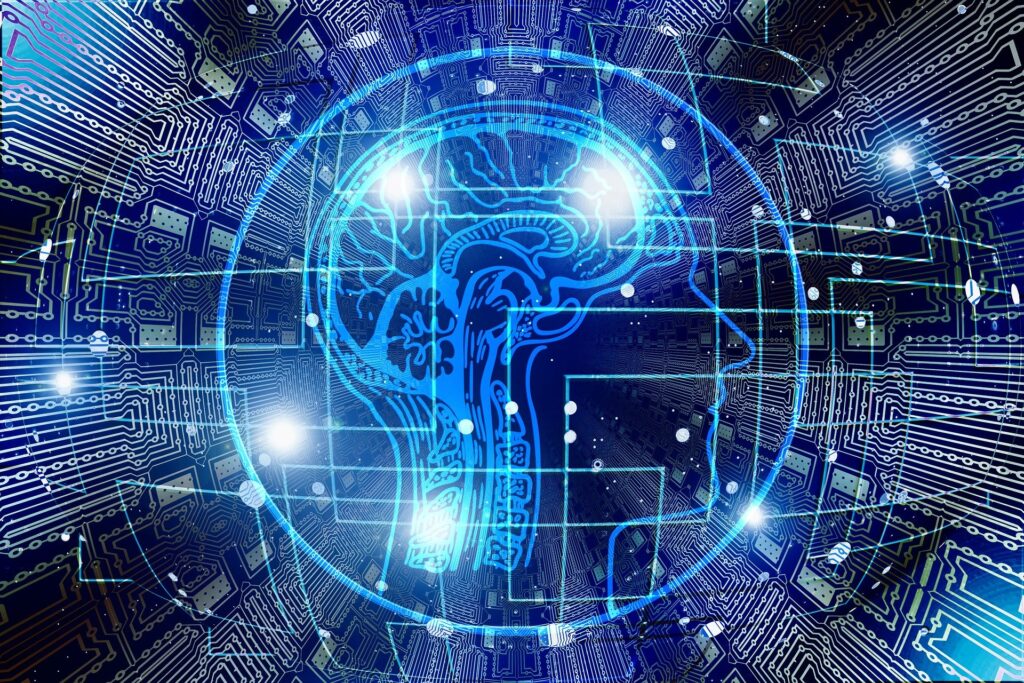

Marvin Minsky died in January 2016. He was the outstanding forerunner of research and development of Artificial Intelligence (AI) in machines. After studying mathematics at Harvard, he did his post-graduate studies at Princeton where in 1951 he developed Snarc (Stochastic Neural-Analogue Reinforcement Computer) to mimic the synapses of the human brain. He returned to Harvard before moving to the Massachusetts Institute of Technology (MIT) where along with John McCarthy he set up the AI Laboratory and later became a founding member of the Media Lab. Among his collaborators was Seymour Papert, a specialist in learning theory. These and others were part of a constellation of brilliant and innovative minds. They are gone, but their ideas keep on coming around, each time in a different guise and in different applications.
The close association between IT companies, notably those today in Silicon Valley, and a small cluster of stellar research universities, is a ‘model’ of scientific-industrial innovation and development that few others can successfully emulate. Certainly not on the same scale. Cambridge in the UK is possibly the closest small scale example. Israel punches far above its weight. Europe and East Asia have their centres of excellence. Lesser centres, such as Singapore, do their level best to be the innovative hubs for their sub-regions. What helps all these efforts is the global meshing of R&D underpinned by global networks and high speed broadband communications. It goes in waves. The latest waves for example include Smart Cities and the Internet of Things (IoT). Both involve some genuinely new technologies and applications, although things like ‘saving power’ has forever been on the urban agenda.
But what about AI? What about robotics? These are not new in concept. They even pre-date digitalization. In that sense they are more fundamental than the digital apps of smartphones, smart cities, smart watches, etc. They have been through at least three eras. The 1940s and 1950s when they were cutting edge laboratory research. The 1960s and 1970s when they moved out of the labs and into industrial usage. The automobile industry, for example, GM’s Saturn plant, was stacked full of robotic machines. I took students to the Ford factory in Dagenham (UK) in the 1970s and again in the 1980s. The contrast was dramatic. No workers. The shop floor was devoid of personnel. Every car coming off the assembly-line was pre-ordered, computer-aided design/computer-aided manufacturing (CAD-CAM) ruled the day. But global economic crises, including the first oil crisis, put an end to the euphoria. The ‘AI winter” as the Financial Times obituary on 27 January 2016, put it, set in.
The news in late January 2016 was that Google’s AlphaGo AI machine has been able to beat a Go grandmaster. Go is apparently considered one of the most skilfully demanding of board games. (More so than chess?) In 1996 IBM’s Deep Blue beat world grand master Garry Kasparov at chess. What is news is not so much that AI has re-emerged as a driving force in industry, but that it has done so because a growing spread of companies like Apple, Facebook, and Google have been acquiring innovative start-ups and pouring millions of dollars into the business. The media razzamatazz has been accompanied by the usual handwringing with a yet another spate of articles about robots threatening jobs, AI being used for intrusive purposes or falling into the hands of terrorists, and the challenges of teaching machines to learn or alternatively learning from machines where their limits are and where ours are.
It is all about ‘deep learning’ or as Wired magazine recently put it: “Using what are called neural networks—networks of hardware and software that approximate the web of neurons in the human brain—deep learning is what drives the remarkably effective image search tool built into Google Photos—not to mention the face recognition service on Facebook and the language translation tool built into Microsoft’s Skype and the system that identifies porn on Twitter.”[1] Neural networks. This is pure Marvin Minsky. What went around, has come around again, the technology, the aspirations and the dire warnings.”[2]
[1] Wired ‘Google’s Go Victory Is Just a Glimpse of How Powerful AI Will Be’ 28 January 2016 https://www.wired.com/2016/01/googles-go-victory-is-just-a-glimpse-of-how-powerful-ai-will-be/
[2] See JAT Blog ‘Artificial Intelligence’ 1 February 2015 https://trpc.accesspartnership.com/old_archive/artificial-intelligence/; see also ‘Artificial Intelligence – More Brawn than Brain?’ 1 March 2012 https://trpc.accesspartnership.com/old_archive/artificial-intelligence-more-brawn-than-brain-2/